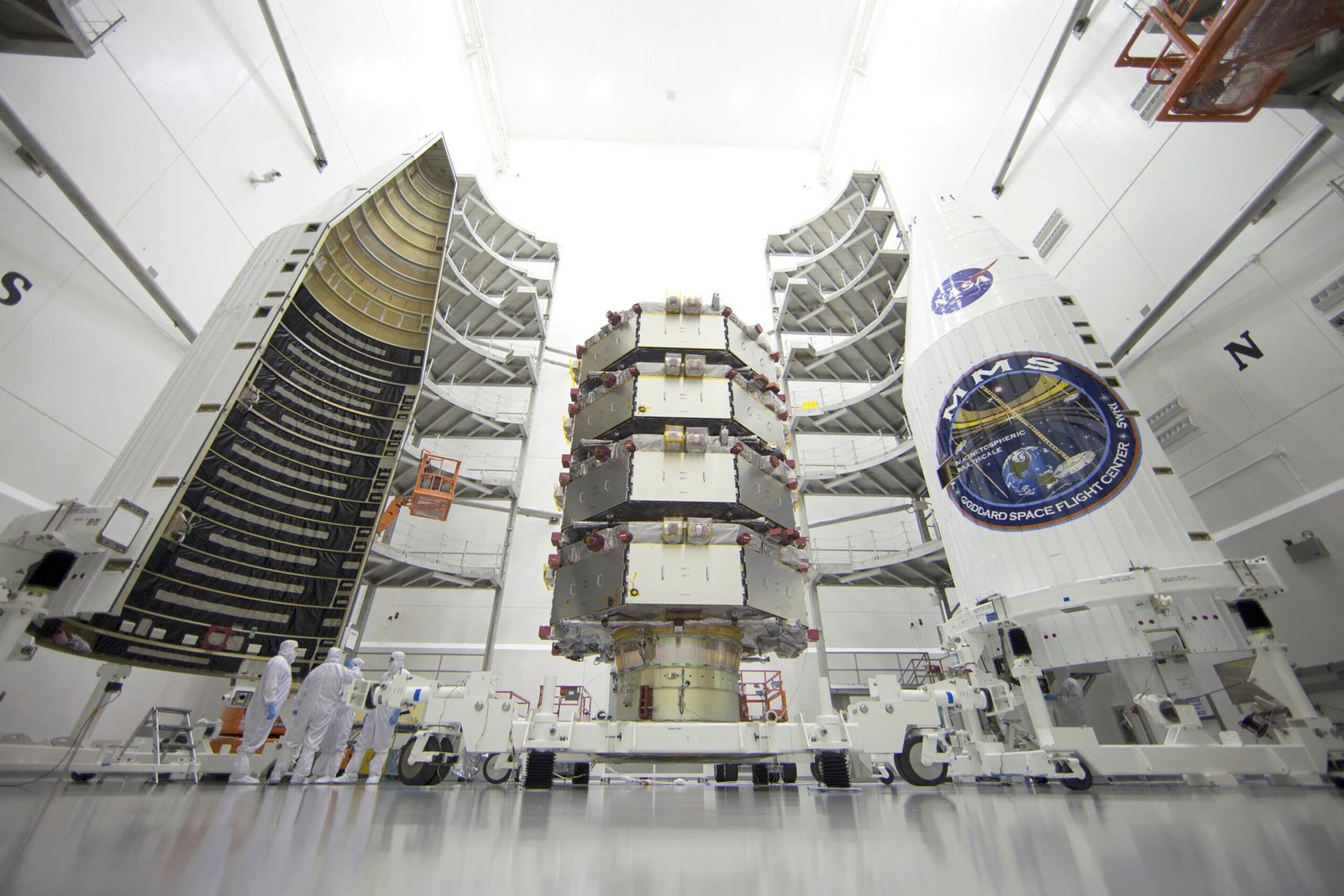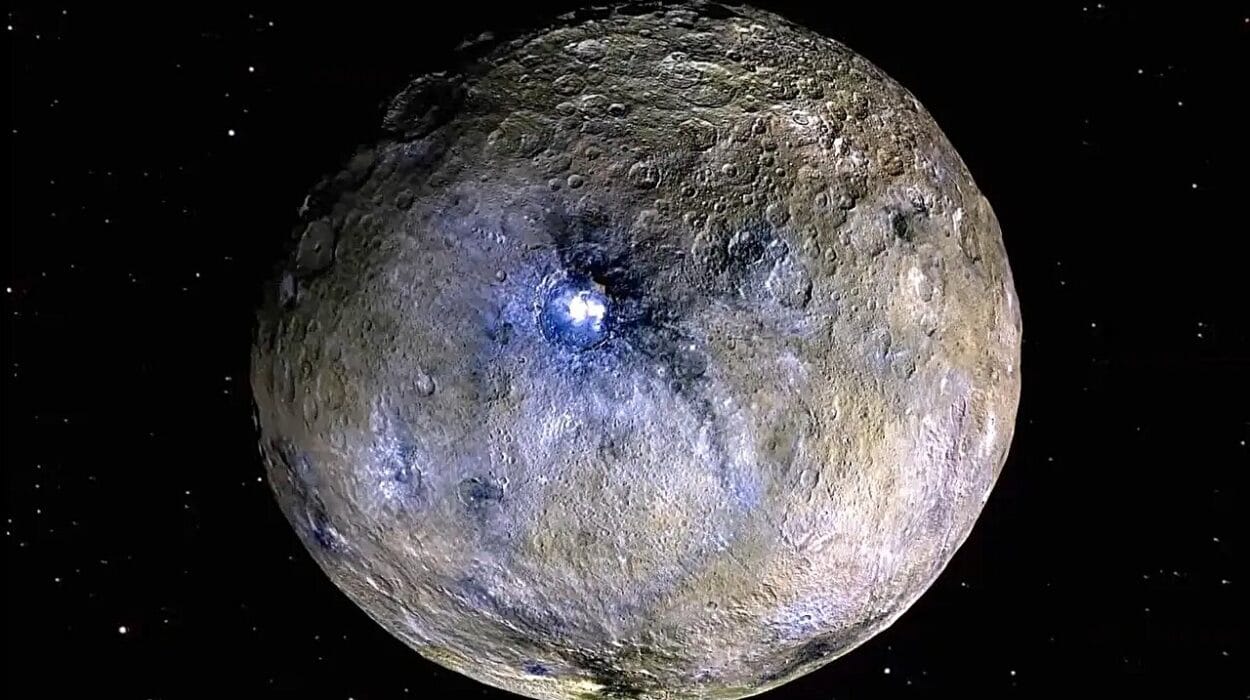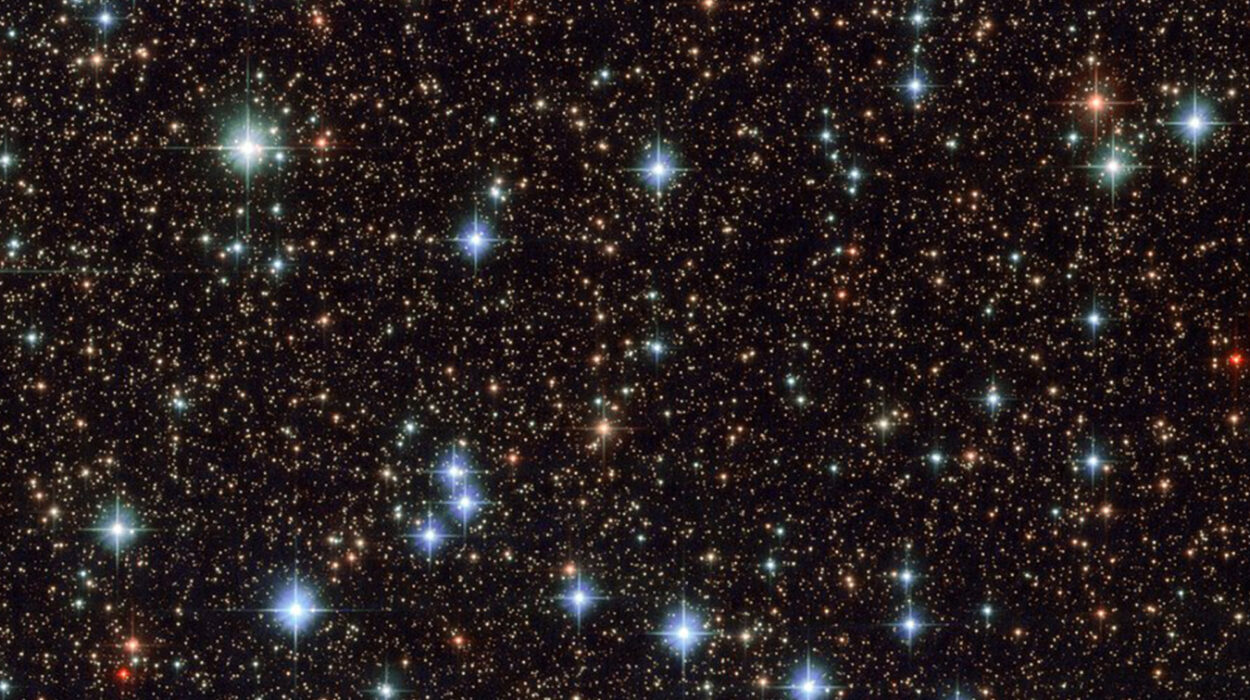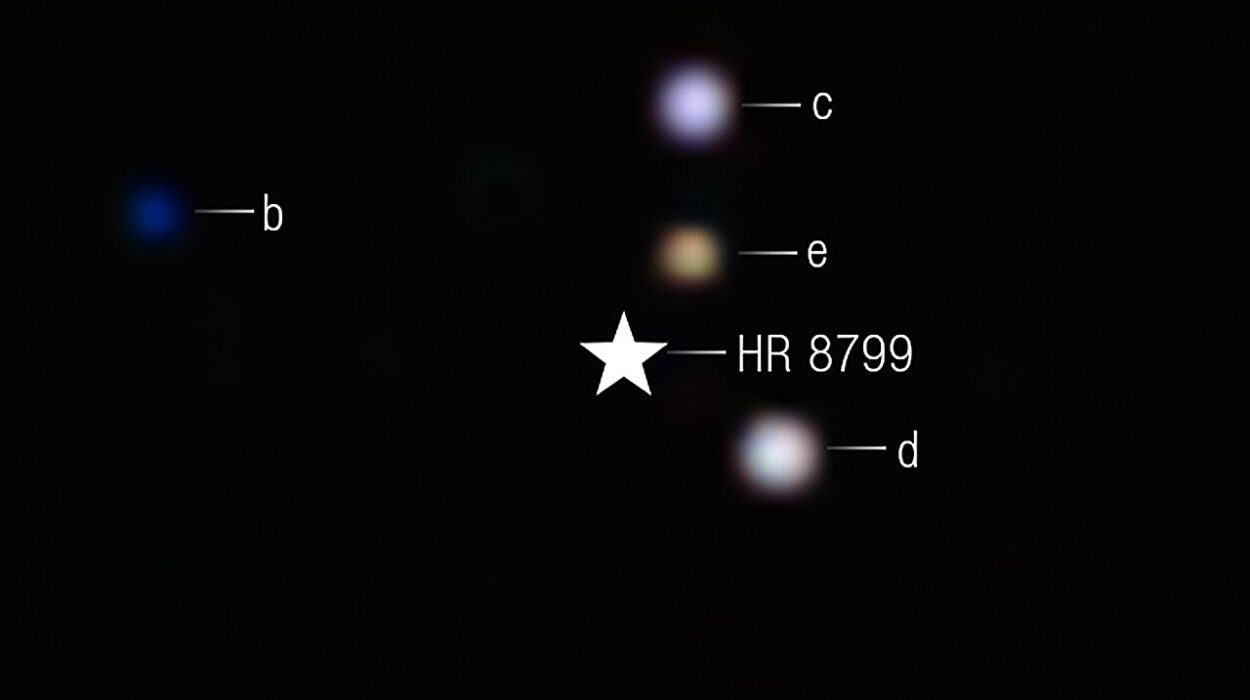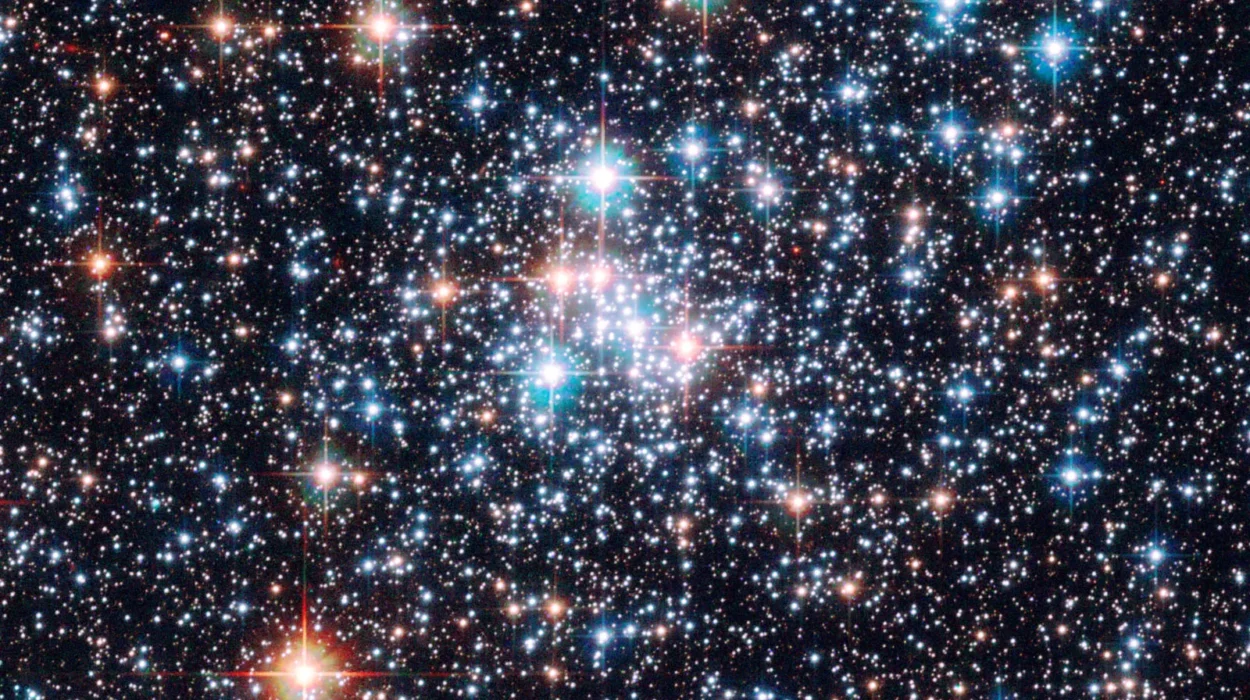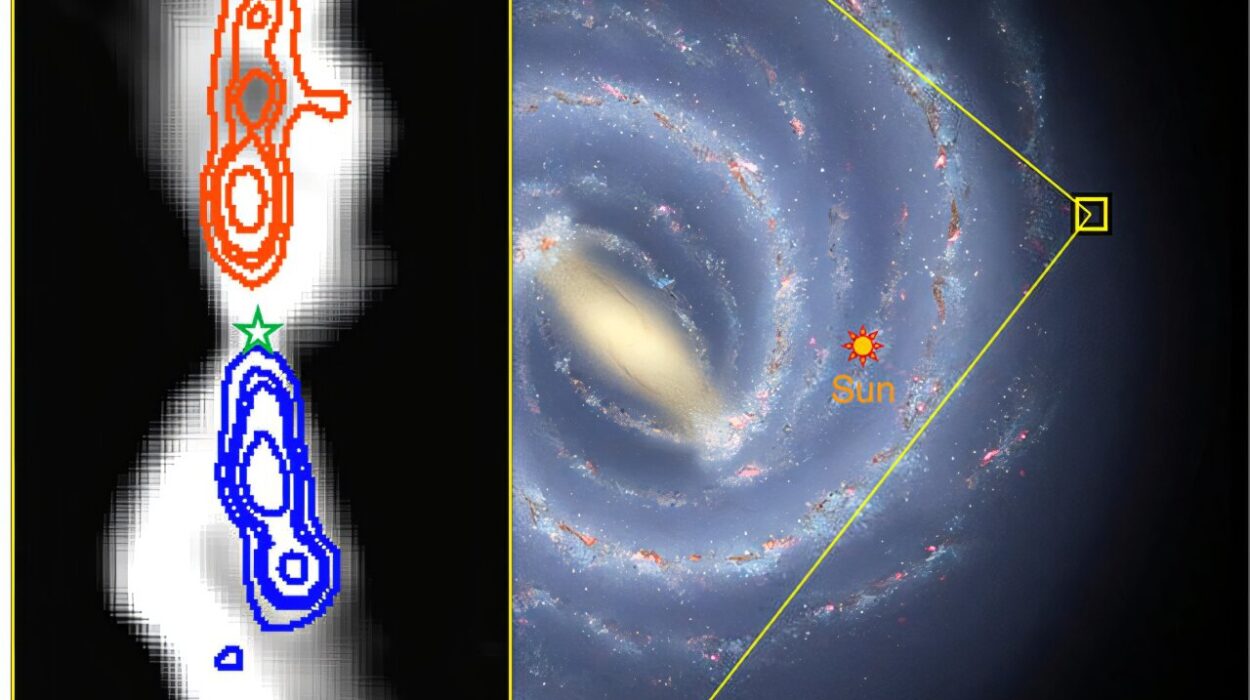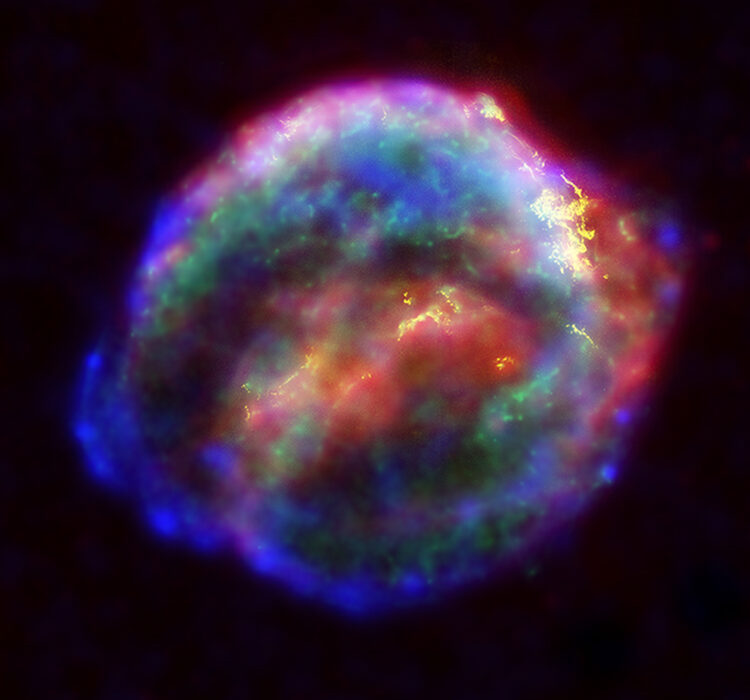For decades, scientists have listened to cosmic phenomena in space, occasionally capturing bursts of plasma known as chorus waves that produce high-pitched sounds similar to birds chirping. These plasma waves, which ripple at frequencies perceptible by the human ear, have already been detected in Earth’s radiation belts and close surroundings. But in a breakthrough discovery, researchers recently identified chorus waves coming from a much more distant location in space: over 62,000 miles (100,000 kilometers) away from Earth. This marks a new frontier in understanding space weather and its deeper connections to Earth’s magnetic field.
These sounds, when converted to audio signals, can mimic the clear, sharp notes of birdsong. The findings—reported in a recent article published in Nature—not only open new doors for our understanding of space physics, but they also provoke intriguing new questions about what might be happening in these previously unexplored regions.
What Are Chorus Waves?
Chorus waves are electromagnetic plasma waves that occur in space and propagate through charged particles, primarily near planets with magnetic fields, including Earth. These waves ripple through the atmosphere at frequencies that align closely with those that human ears can perceive as sound. Although we cannot directly hear these waves in space (due to the vacuum), scientists have long used radio antennas to capture them and convert their frequencies into audio. The resulting “chirps” or “calls” mimic high-pitched bird sounds—making them not only scientifically fascinating but also audibly captivating.
Chorus waves are thought to be an important feature of space weather. They can interact with the charged particles in Earth’s magnetic field, influencing various phenomena such as the movement of electrons in the Earth’s radiation belts and even contributing to disturbances that affect satellite operations. These waves have been known to produce high-energy electrons, which, in some cases, could potentially damage satellites or interfere with satellite communication signals.
An Unexpected Discovery at Greater Distances
Researchers have previously detected these chorus waves from radio telescopes and specialized space probes, including the early research stations in Antarctica during the 1960s. Over the years, NASA’s Van Allen Probes—launched to explore the Earth’s radiation belts—measured chorus waves closer to Earth. However, a new set of data gathered by NASA’s Magnetospheric Multiscale (MMS) satellites has dramatically expanded the scope of the discovery.
The MMS satellites, which launched in 2015 with the mission of studying the magnetospheres surrounding Earth and the Sun, recorded chorus waves from a distance much farther than expected—62,000 miles (100,000 kilometers) away. This new finding places the chorus waves in an unexplored region of Earth’s magnetic field, the outer reaches of the magnetosphere, which led scientists to a critical realization: These types of waves might be much more common in space than previously believed. Additionally, this detection may indicate the role Earth’s magnetic field plays in shaping such phenomena far beyond what scientists originally understood.
Unexpected Physics and the Role of Earth’s Magnetic Field
The discovery of chorus waves so far from Earth was particularly surprising because researchers did not anticipate detecting these types of plasma disturbances in this outer region. Given the physics behind these waves, the team speculates that Earth’s magnetic field might be doing more than simply guiding the paths of charged particles in predictable ways. In these outer, more distant areas, a clearer understanding of the physical processes driving the generation and amplification of the waves is needed. Could there be other factors contributing to the waves? Researchers believe new insights into plasma dynamics and electromagnetic fields will help answer this.
One of the key ideas being considered is the way magnetic field lines extend far into space and could potentially play an essential role in both generating and trapping the waves far from Earth, causing them to create such radio waves detectable by satellites. Their occurrence at such distances challenges traditional models and opens up new questions regarding the energy balance in these distant regions.
“This discovery opens up a lot of new questions about the physics that could be possible in this area,” said Allison Jaynes, a space physicist at the University of Iowa, who was not directly involved in the study. The prospect of learning how these waves are produced—and why they extend across such great distances—is enticing scientists and researchers.
Global Implications: The Study of Chorus Waves in Other Planets
Chorus waves are not exclusive to Earth. These waves have also been detected at other planets in our solar system, such as Jupiter and Saturn. These planets, much like Earth, have magnetic fields, and researchers have found that chorus waves, especially those involving electrons, can also impact their radiation belts.
Scientists studying waves on other planets have observed that these waves might not just influence charged particles but can even impact space weather in ways analogous to Earth’s radiation belts. As spacecraft venture deeper into the solar system, the opportunity to examine these waves at greater distances continues to unfold. Similar bursts of electromagnetic activity could potentially serve as key indicators of what happens within the plasma and charged particle environments on distant planets, helping astrophysicists to further refine models of planetary systems.
Moreover, research involving these waves contributes to our broader understanding of cosmic weather patterns, which help shape the space environment where astronauts, spacecraft, and satellites operate. These phenomena can even impact human-made technology, such as satellite communication systems, and understanding how they behave at other planets could help develop better systems to anticipate and mitigate potential disruptions.
Scientific Significance of the Discovery
According to Chengming Liu, a study author and space researcher at Beihang University, chorus waves are one of the most powerful and significant types of waves in space. He points out their potential effects, especially in how they shape the movement of high-energy particles, such as electrons. These particles could travel through the atmosphere, where they affect things like satellite networks and radio communications.
Liu emphasized that this discovery signals a profound shift in how scientists perceive the nature of plasma waves and their dynamics in the solar system and beyond. By studying these waves, especially at such far distances, scientists can learn about more complex features of space weather—which holds enormous potential for understanding cosmic processes, protecting technological systems, and possibly even preparing humanity for space travel into other parts of our solar system.
Future Directions and Unanswered Questions
This breakthrough has reignited interest in further studying these mysterious, distant plasma waves. Researchers are eager to determine the exact mechanism driving their creation and propagation. What does this unexpected behavior of the waves suggest about the environment far outside Earth’s magnetosphere? Are other, less visible waves out there in distant regions? How far can these waves travel before becoming undetectable? The questions are vast, but the answers could unlock new realms of space research.
“It’s very captivating, very compelling,” said Allison Jaynes, noting that studying such newly discovered cosmic sounds could help unravel new layers of space phenomena previously considered out of reach. As space-based technologies improve and new satellite missions continue, scientists are poised to make even more exciting discoveries about space weather, plasma waves, and the environments of faraway planets.
Conclusion
The recent discovery of cosmic chorus waves emanating from over 62,000 miles (100,000 kilometers) away from Earth marks a groundbreaking development in space physics. This finding expands our understanding of these high-pitched plasma bursts, which were previously detected closer to Earth. Scientists now face new challenges and opportunities in understanding how these waves form, especially at distances beyond the Earth’s magnetosphere. Their detection opens up intriguing questions about the role of Earth’s magnetic field in generating these waves and how similar phenomena may exist in other regions of space, including on distant planets like Jupiter and Saturn. As researchers continue to explore these mysterious signals, the study of chorus waves could reveal deeper insights into the dynamics of space weather, influence on satellite technology, and the broader behavior of the cosmic environment. The discovery underscores the vast and still largely unexplored wonders of the universe, pushing the frontiers of both science and space exploration.
Reference: C. M. Liu et al, Field–particle energy transfer during chorus emissions in space, Nature (2025). DOI: 10.1038/s41586-024-08402-z
